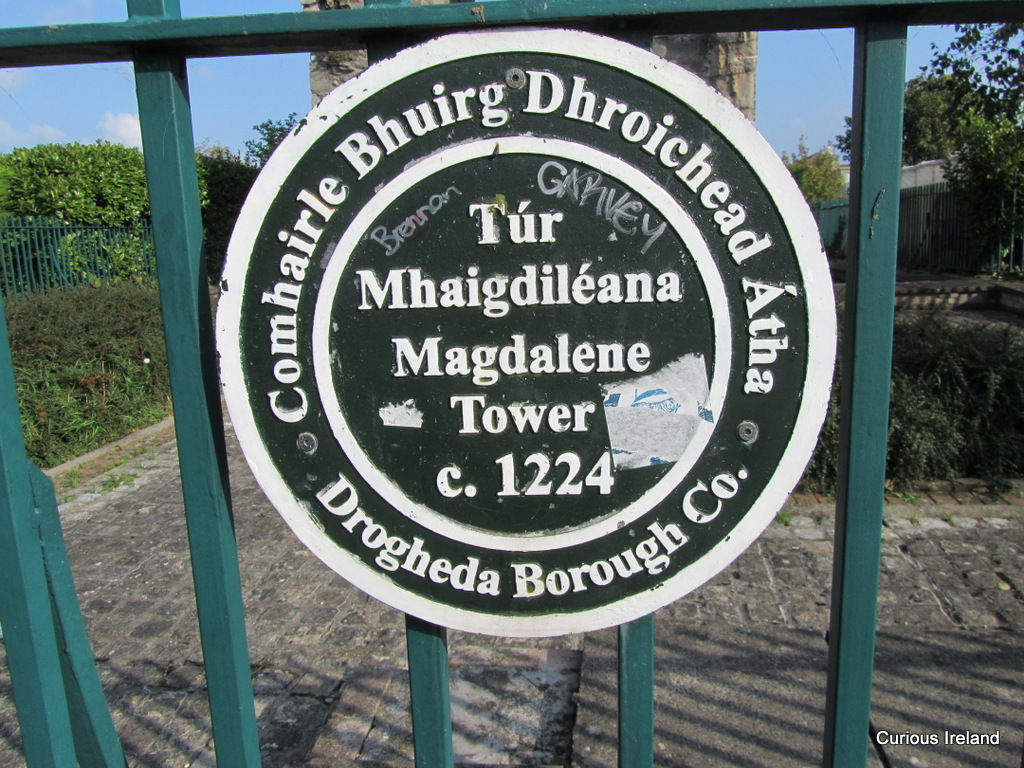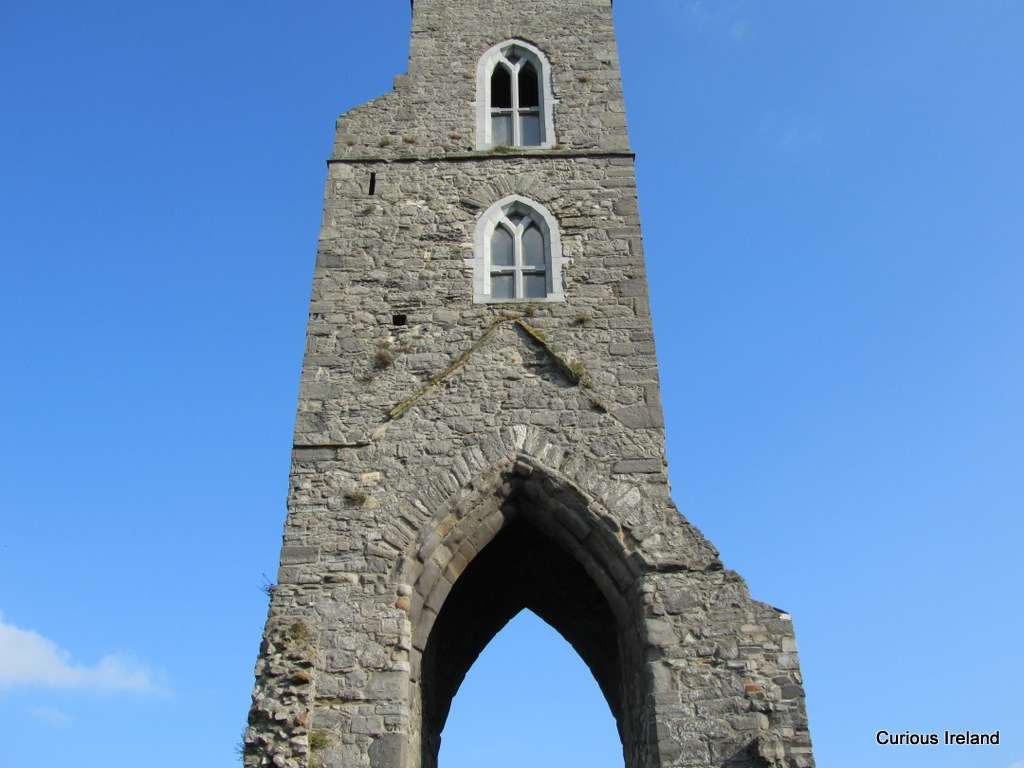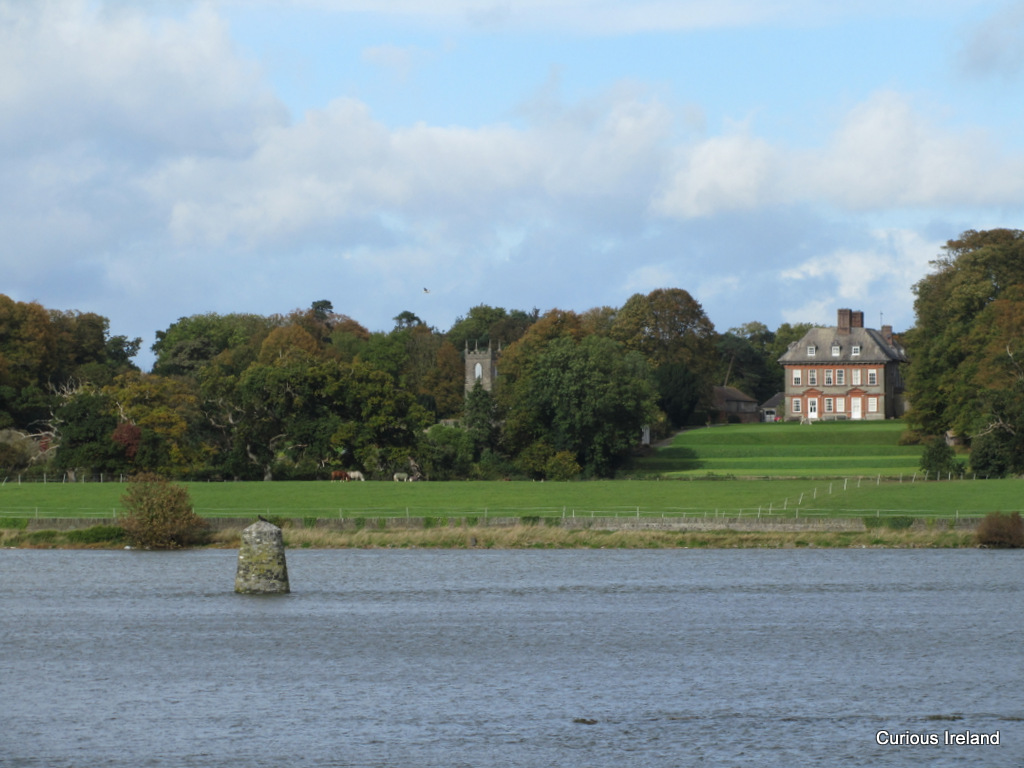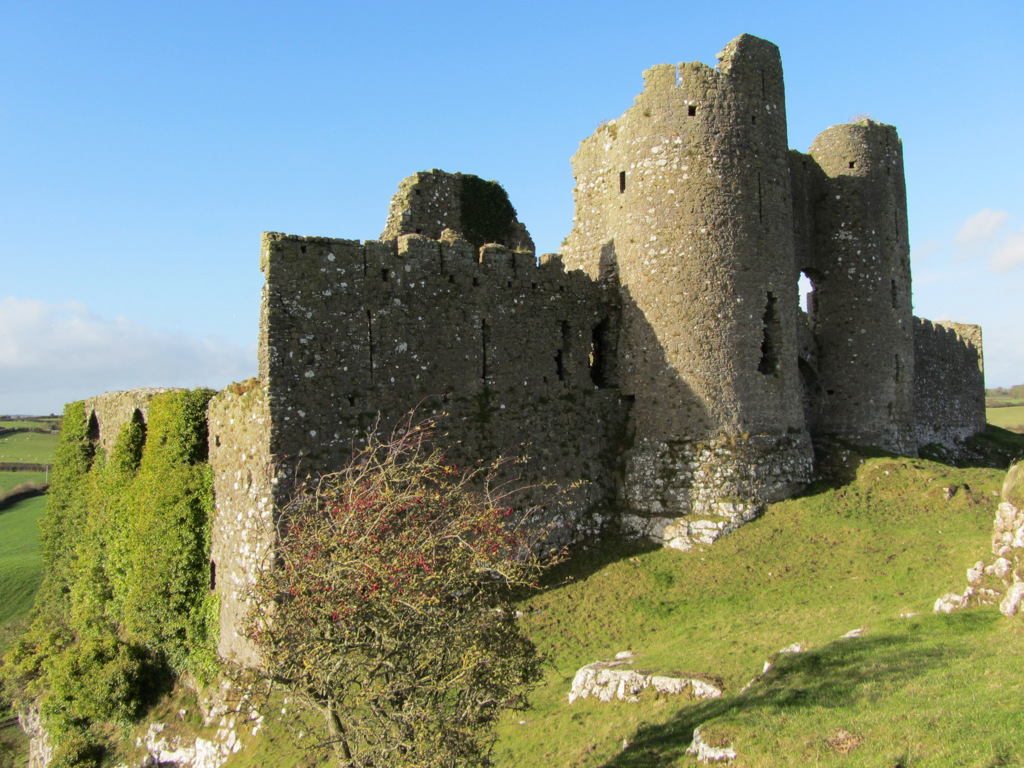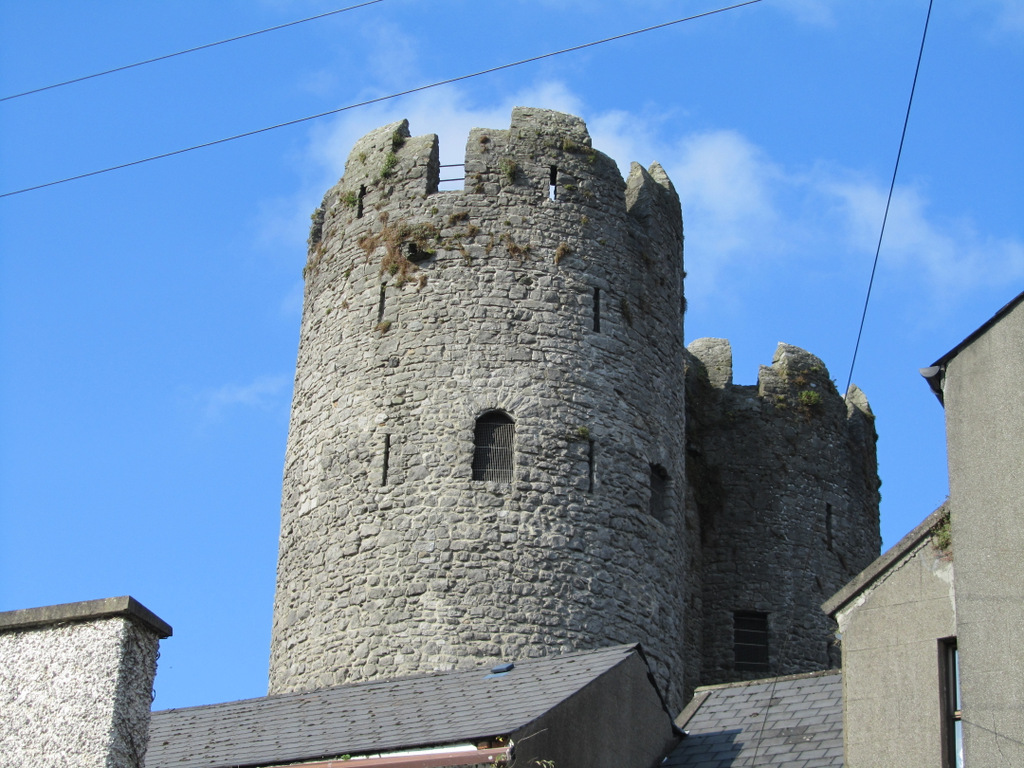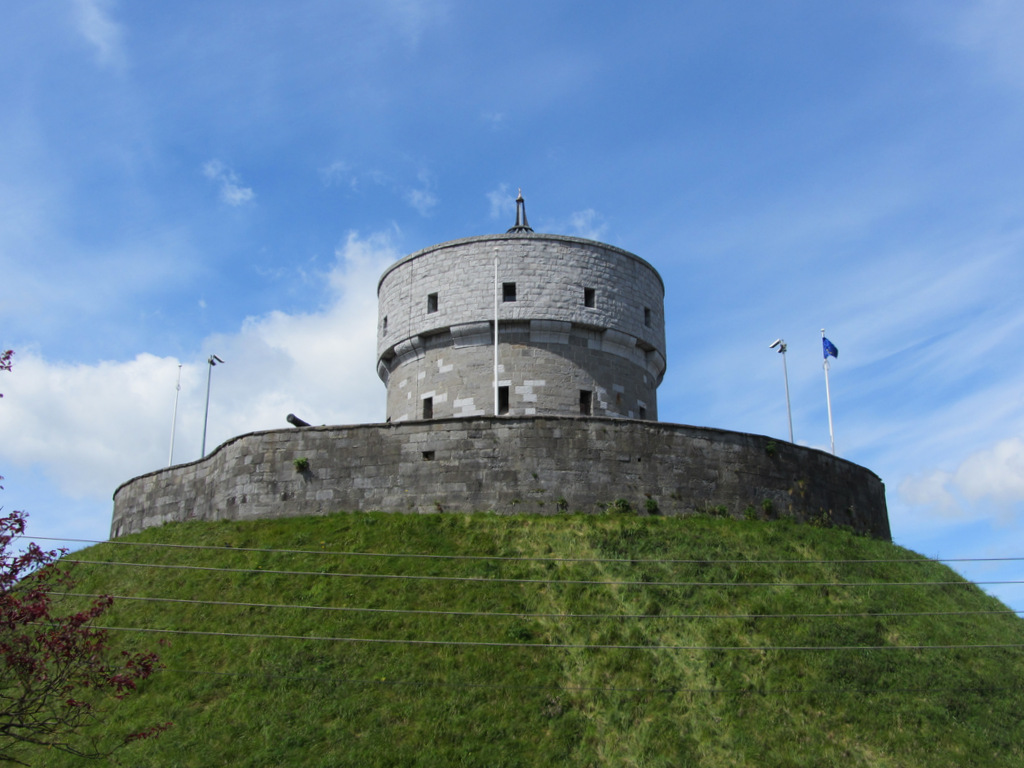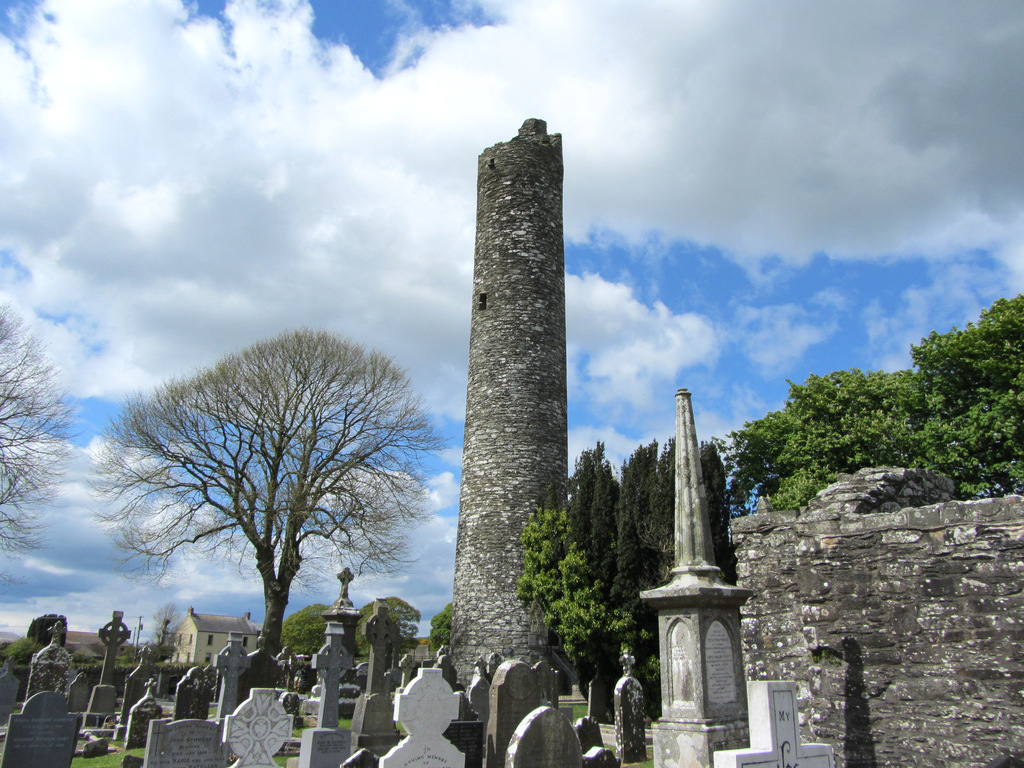Louth is named after Lugh, an ancient Irish God who was a member of the Tuatha Dé Danann. It is known as ‘the wee county’ (as it is Ireland’s smallest by area) however it packs well above its weight when it comes to historical sites. Its highest peak is Slieve Foye at 589m located near the medieval town of Carlingford.
St Mochtas House, Louth Village. County Louth c.12th century
emmet2023-05-09T08:24:29+00:00One of the last remaining stone-roofed buildings in Ireland Saint Mochta's House is a rare stoned roofed building located in a private field overlooking Louth Village. It probably dates to the mid-12th century but [...]








